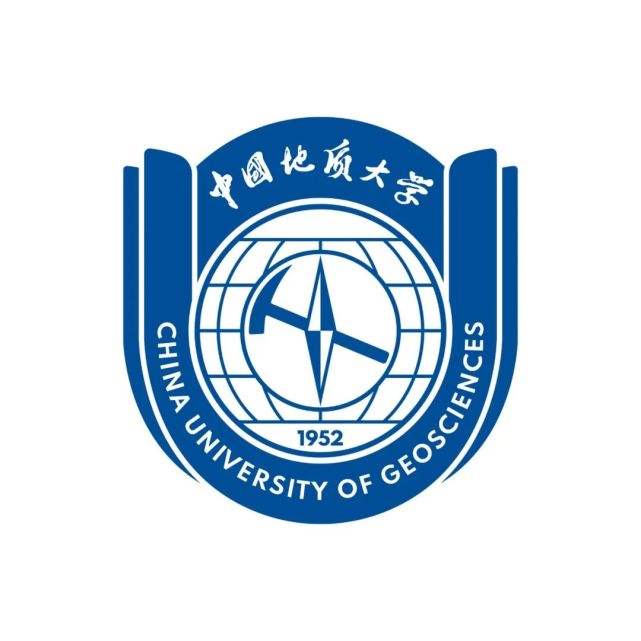
Overview
Chinese Name: 中国地质大学(武汉)
English Name: China University of Geosciences,Wuhan
Abbreviation: 地大(Dida); CUG
Established: 1952
Location: Wuhan
Website: https://www.cug.www.cn/
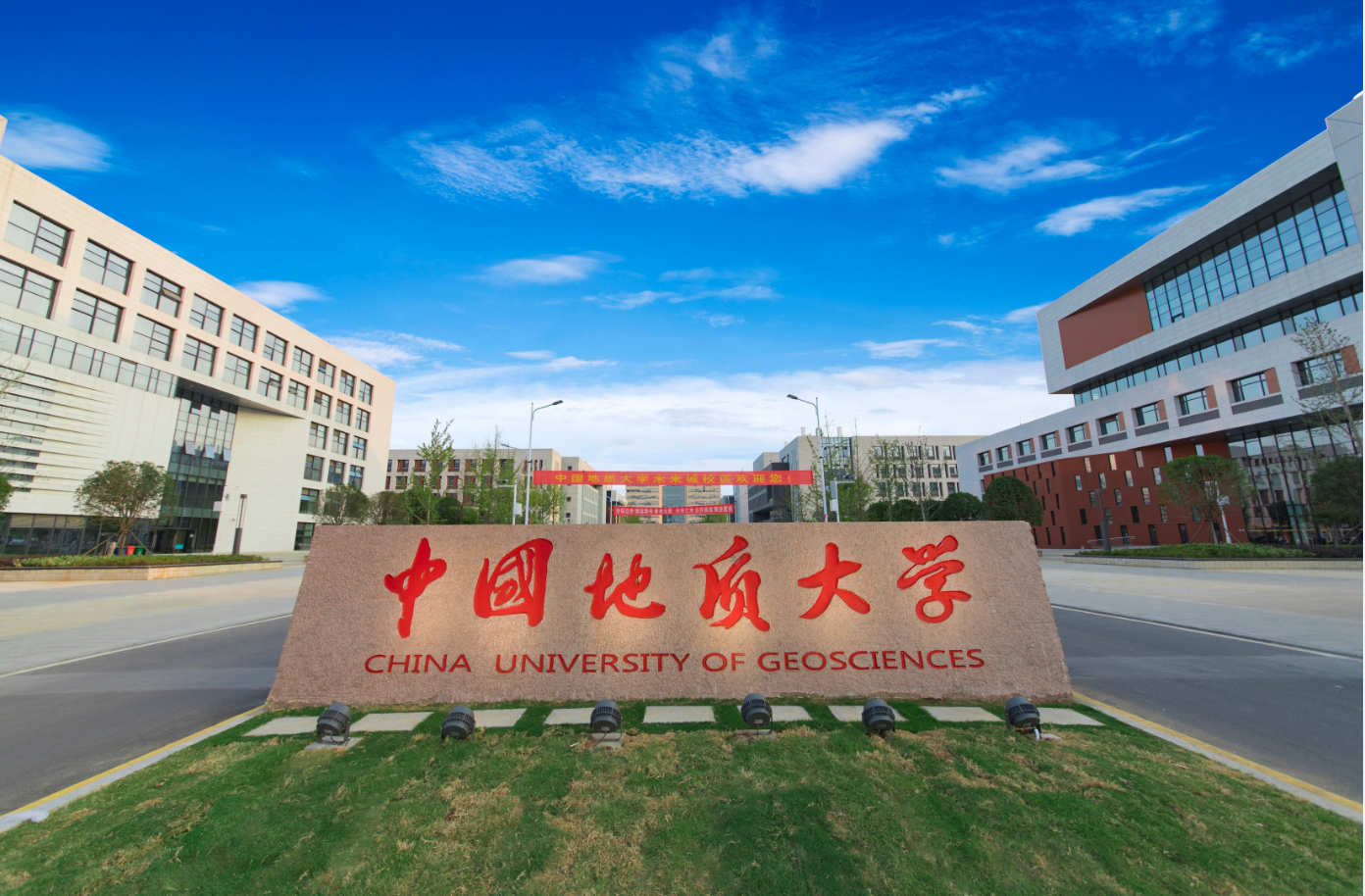
Brief introduction of China University of Geosciences, Wuhan
China University of Geosciences (Wuhan) 中国地质大学(武汉) is a national key university directly under the Ministry of education of the people’s Republic of China. It is a national “Double First-class 双一流大学” construction university. It is a construction University of “Project 211“”211工程“ and “985 Project advantageous discipline innovation platform985工程优势学科创新平台”.
It has been selected into the national “111 plan 111计划”, the “excellent engineer education and training plan” of the Ministry of education, the national public graduate program for building high-level universities, the International Union of Geosciences universities Founding member of China University Planetary Science Alliance and “seven schools jointly running schools”.
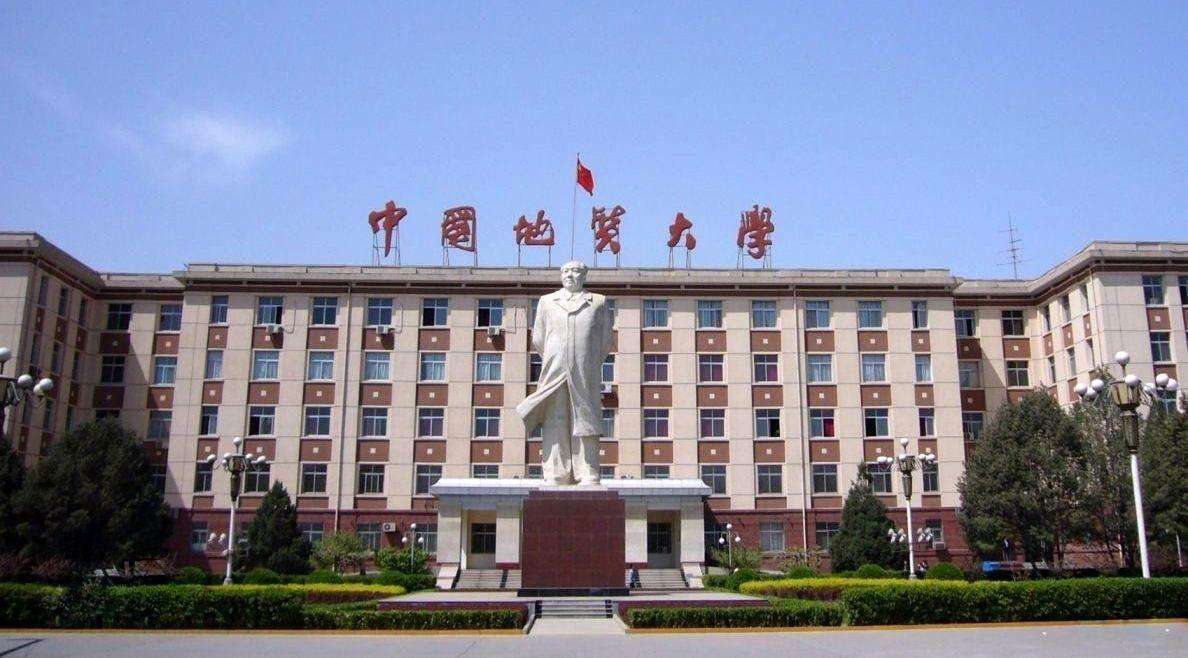
The China University of Geosciences was founded in 1952. Its predecessor was the Beijing Institute of Geosciences, which was formed by the merger of the departments of Geology and engineering of Peking University北京大学, Tsinghua University清华大学, Tianjin University天津大学, Tangshan Railway University, and other universities.
It was identified as a national key university by the central government in 1960. Emigration during the cultural revolution. In 1975, it moved to Wuhan as a whole and was renamed the Wuhan Institute of geology.
In 1987, the State Education Commission国家教育委员会 approved the renaming of the Wuhan Institute of Geosciences as the China University of Geosciences, which is headquartered in Wuhan and Beijing.
In 2000, it entered the sequence of colleges and universities directly under the Ministry of education. In March 2005, the headquarters of the University was abolished, and Wuhan and Beijing ran schools independently.
In 2006, the Ministry of education and the former Ministry of land and resources signed an agreement to jointly build the China University of Geosciences.
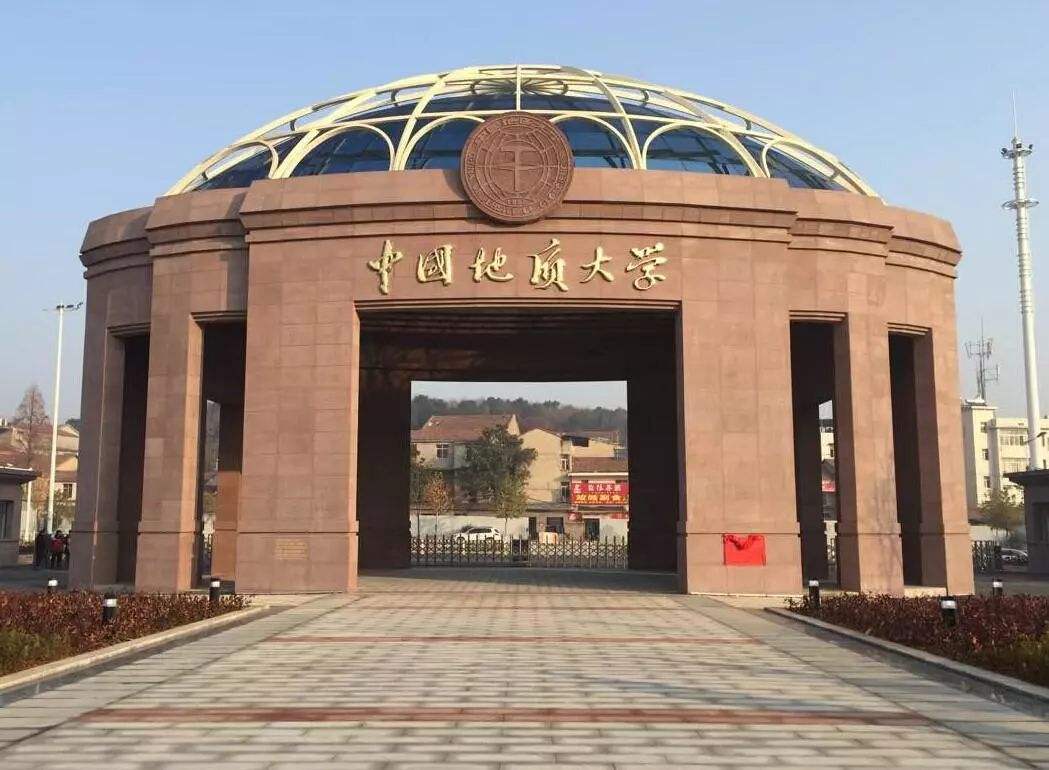
As of December 2021, the university has a Nanwangshan campus 南望山校区 and a future town campus未来城校区, with 23 colleges and 69 undergraduate majors; There are 16 first-class discipline doctoral programs, 34 first-class discipline master programs, and 15 post-doctoral research mobile stations; It has the right to grant 10 professional degrees.
Education Achievements and Rankings
As of November 2020, the university has two national first-class key disciplines and 16 key disciplines in Hubei Province. The two first-class disciplines of “Geology” and “geological resources and geological engineering” have ranked first in all national discipline assessments.
There are 16 first-class discipline doctoral programs, 34 first-class discipline master programs, 15 post-doctoral research mobile stations, and 14 professional degree categories.
Geoscience, engineering, environment/ecology, material science, chemistry, computer science, and social science have entered the top 1% of ESI in the world, among which geoscience has entered the top 1 ‰.

The University strives to build a discipline system dominated by earth system science and actively develops applied science, and cutting-edge science, as well as emerging interdisciplinary disciplines such as information, nanotechnology, materials, biology, energy, and environmental protection, which are closely related to social and economic development.

As of 2021, the Times Higher Education World University Rankings ranked the China University of Geosciences, Wuhan 801st-1000th in the world and 48th in China.
The U.S. News & World Report ranked the China University of Geosciences, Wuhan 314th in the world.
QS World University Rankings ranked the China University of Geosciences, Wuhan 651st-700th in the world.
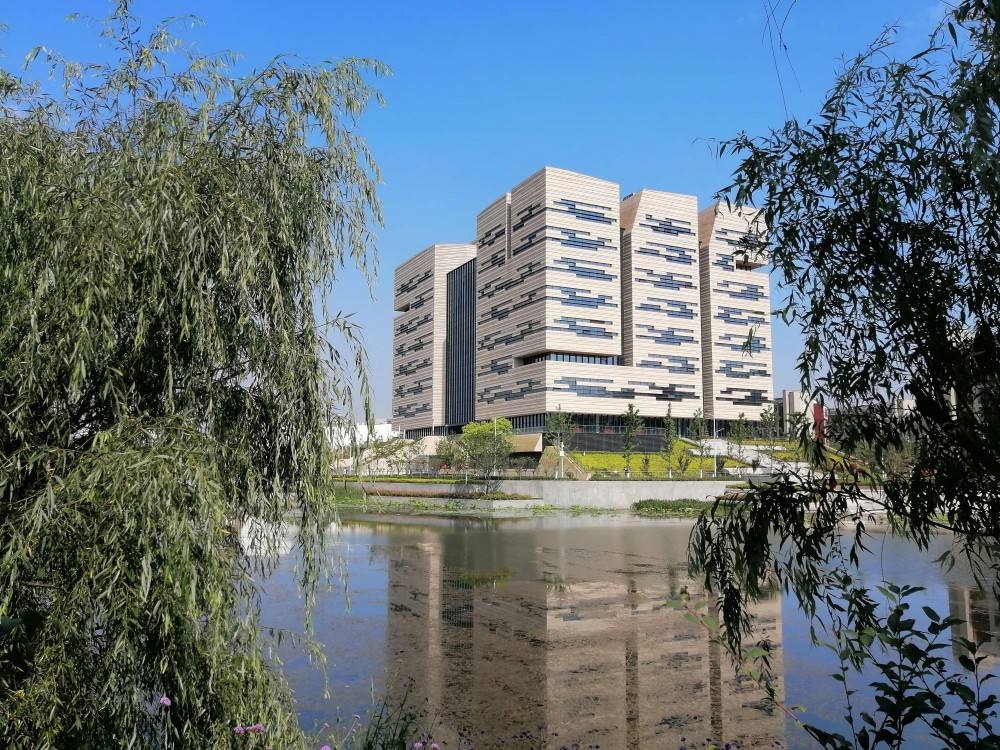
China University of Geosciences (Wuhan) has signed friendly cooperation agreements with more than 100 famous universities in the United States, France, Australia, Russia, and other countries. The International University Alliance for Geoscience led by the University and composed of ten world-renowned universities including Stanford University, Macquarie University, and the University of Hong Kong, has been established to carry out resource sharing, international exchanges, and cooperation in the field of Geoscience.
Famous Alumni
In the past century, China University of Geosciences, Wuhan has had a large number of outstanding alumni, including Ouyang Ziyuan欧阳自远, astrochemist and geochemist, chief scientist of China’s lunar exploration project, academician of the Chinese Academy of Sciences, academician of the Third World Academy of Sciences第三世界科学院, academician of the International Academy of Astronautics, researcher of the Institute of Geochemistry of the Chinese Academy of Sciences, and the first chairman of the International Federation of Academicians.
Ouyang Ziyuan has long been engaged in research on geochemistry, astrochemistry, Comparative Planetology比较行星学, ecological environment disasters, and biological extinction caused by extraterrestrial objects hitting the earth, and his academic achievements have won the National Science Conference award, the first prize of natural science of the Chinese Academy of Sciences, and so on.
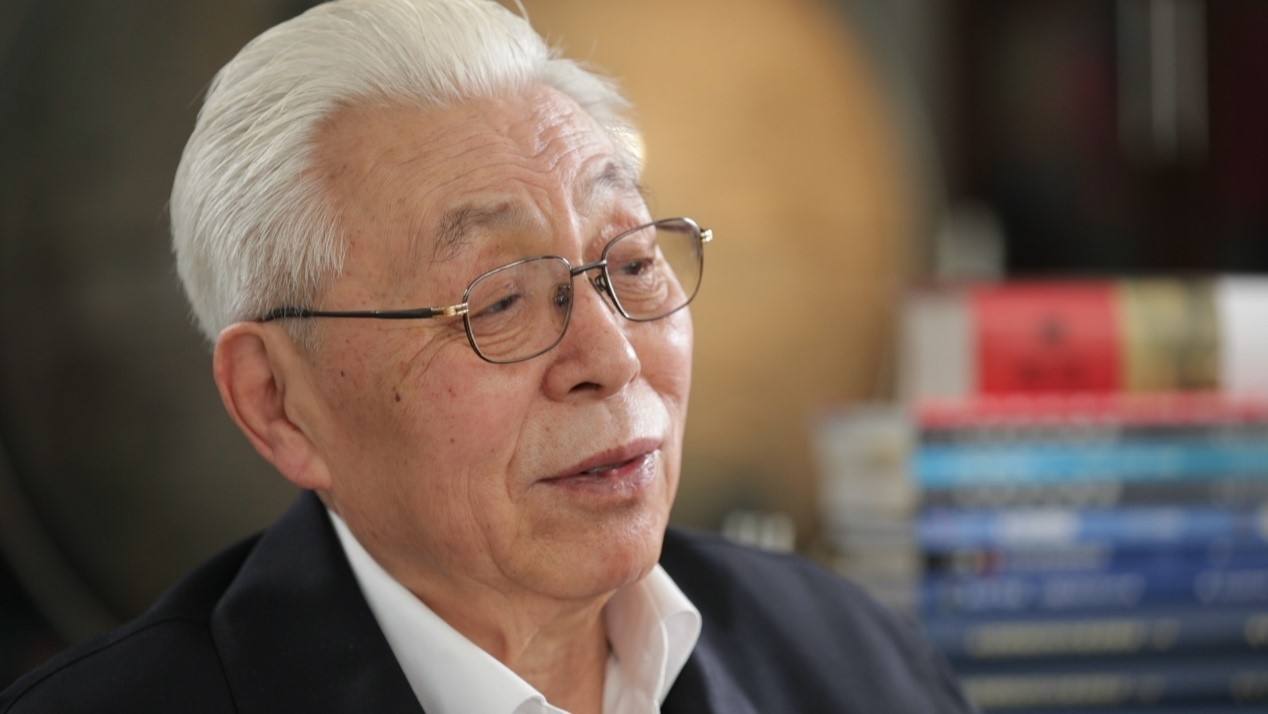
Wen Jiabao温家宝, who graduated from the Beijing Institute of Geosciences with a master’s degree, is an engineer.
He once served as premier of the State Council国务院, Secretary of the leading Party group, and member of the Standing Committee of the Political Bureau of the CPC Central Committee.
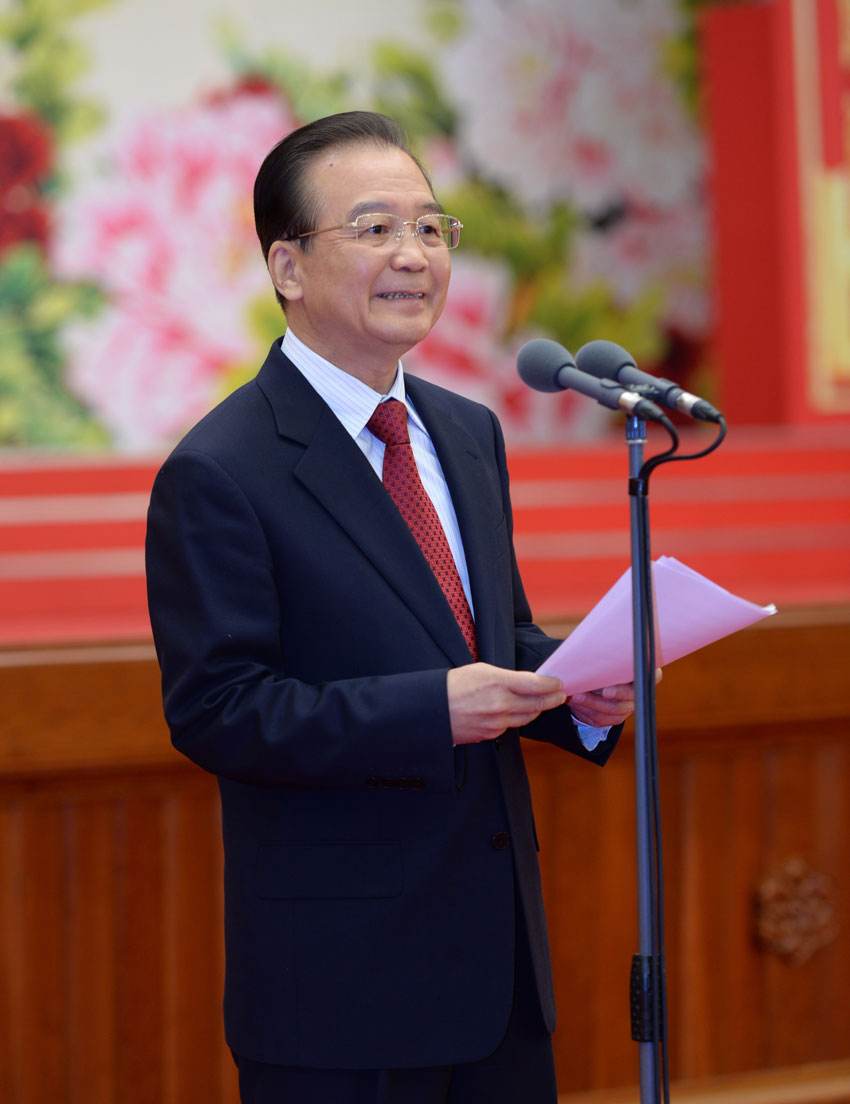
Zhao Pengda赵鹏大, a famous mathematical geologist and mineral exploration scientist in China, is also an outstanding geological educator. He has made a series of major scientific and technological achievements and made important contributions to China’s geological education.
